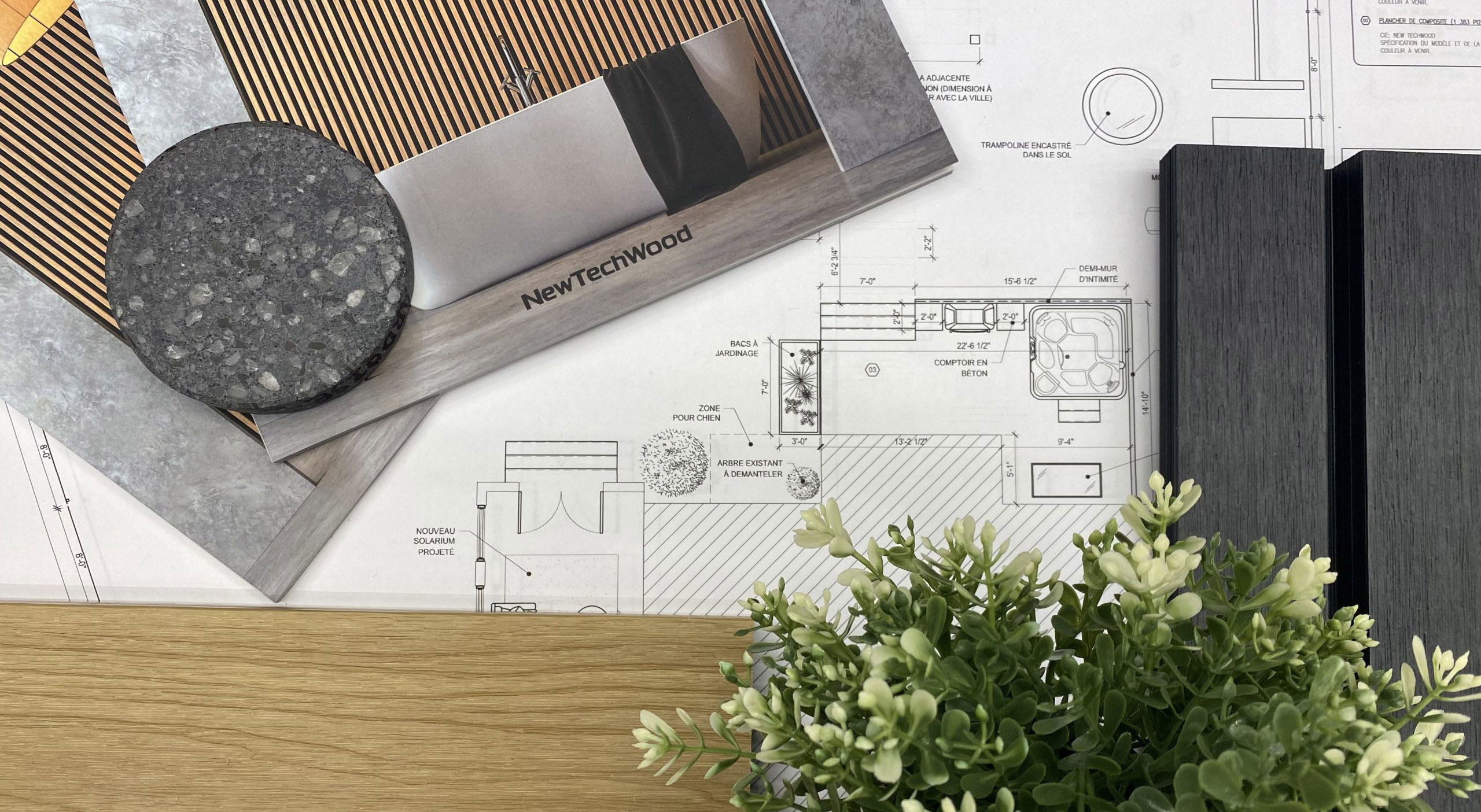WHY US

For Professional
Discover our new products, our technical data sheets, our installation guides, our brochures and our samples.
Visit Professionals section
INSPIRATIONS

For Professional
Discover our new products, our technical data sheets, our installation guides, our brochures and our samples.
Visit Professionals section
PRODUCTS

For Professional
Discover our new products, our technical data sheets, our installation guides, our brochures and our samples.
Visit Professionals section
RESOURCES

For Professional
Discover our new products, our technical data sheets, our installation guides, our brochures and our samples.
Visit Professionals section
Your Project

For Professional
Discover our new products, our technical data sheets, our installation guides, our brochures and our samples.
Visit Professionals section
The two hidden costs of treated wood
Back to blog
Pressure-treated wood differs from its untreated counterparts through a special process that gives it a harder character – more resistant to physical damage and moisture. It is commonly used to build decks and walkways.
During the treatment process, a pressure system is employed to force chemical preservatives into woods such as pine, fir, and spruce. The result is a more robust wood that is less susceptible to fungi, rot, and insects.
Here are two main reasons why people utilize pressure-treated wood decks:
Durability: It is more durable than many other types of wood and resists scratches and wear better. With proper care and maintenance, it can last for several years.
Its low cost: Pressure-treated wood is significantly cheaper than other types of wood used for decking.
How expensive are pressure-treated wood decks?
Even though pressure-treated wood decks are cheaper to purchase and install, you might end up spending more money on their long-term maintenance. Here’s why:
1. Cracking, splitting, and warping require high maintenance
After the chemical infusion process, pressure-treated wood retains some moisture. When used for decks, the wood is exposed to sunlight and air, the moisture begins to evaporate. Shrinkage and warping occur, leading to an unappealing deck. Some landscapers and contractors recommend applying a sealant to prevent this.
However, staining should not be done for at least one to two months since pressure-treated wood will not absorb the stain properly if it is not completely dry. And since you need to wait that long, you’ll need to thoroughly clean your deck before sealing it.
These are more chores added to your already busy schedule each year.
2. Chemical risks and health hazards
If not handled properly, pressure-treated wood decks can be hazardous. When the wood is cut or burned, it releases harmful toxins into the environment. It should not come into contact with your food and water nor be used for gardens.
When working with pressure-treated wood, make sure you:
Work in a well-ventilated area.
Wear a respirator mask, safety gloves, and goggles.
Clean up all sawdust.
Wash your clothing thoroughly.
Take a shower (not a bath).
And if you dispose of this type of wood, you must treat it as potentially hazardous material. Take it to a recycling facility or hire a professional to dispose of it properly. Do not bury pressure-treated wood!
Composite wood VS treated wood
When building a deck, there are many convincing reasons to choose a NewTechWood composite wood deck. Our fully cased composite decking boards through Ultrashield technology reflect the natural beauty of wood and are much easier to maintain and last even longer.
NewTechWood boards are also resistant to scratches, stains, fading, and water. Our composite wood boards win hands down against pressure-treated wood decks any time, every day!